3D-printed grips extend digital inking to pen users with limited mobility
Microsoft has been a pioneer in the field of digital inking and touch experiences. Digital pens are powerful tools for productivity and creativity. But research pointed to a disconnect between the pen’s capabilities and the needs of our users with disabilities. So, in 2019 a team of passionate engineers, designers, program managers, and user researchers started to work on finding new inclusive ways of interacting with technology, rooted in the diverse set of experiences which people with disabilities live every day.
The team started co-designing with members of the disability community, building an in-depth understanding of the obstacles that people with vision, mobility, cognition, speech, and hearing disabilities face while trying to use technology tools.
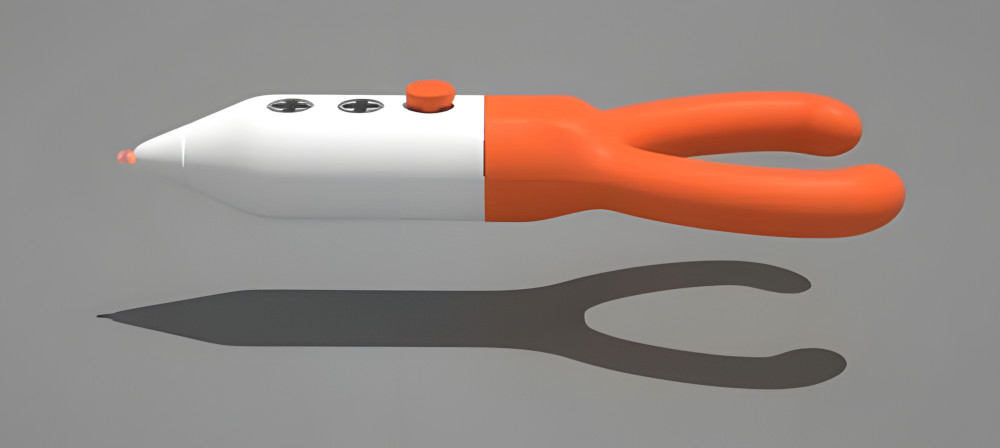
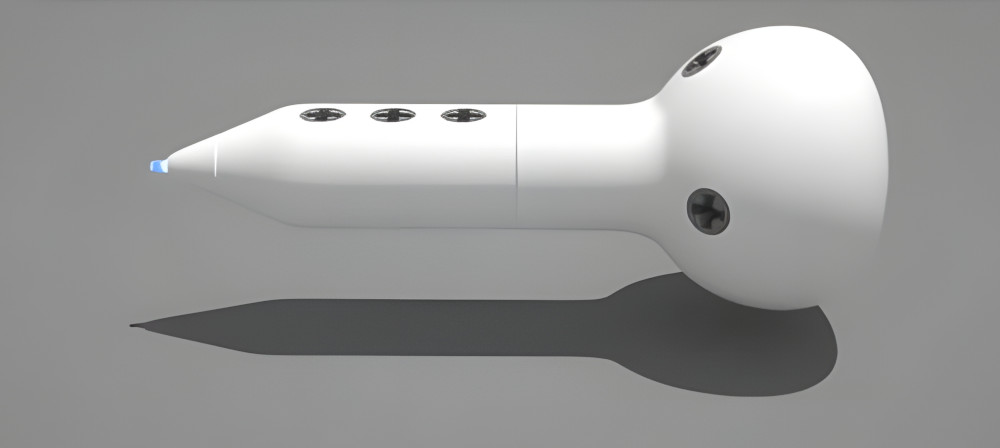
The team began by validating assumptions and studying commonly used analogue tools and adaptations, and then exploring ways to expand the use of two digital pens (Microsoft Classroom Pen 2 and Microsoft Business Pen) to users with limited mobility. The team collaborated with occupational therapists and users with limited mobility in schools and hospitals to align on a core set of grips and design constraints. After the initial validation work, the engineering, design, ergonomics, and user-research teams put the wheels in motion by developing a robust attachment mechanism.
We created computer-aided-design (CAD) models mimicking a wide range of grip shapes and sizes to conform to the needs of users with varying accessibility requirements. We also designed tail caps to hold the pens securely in the grips.
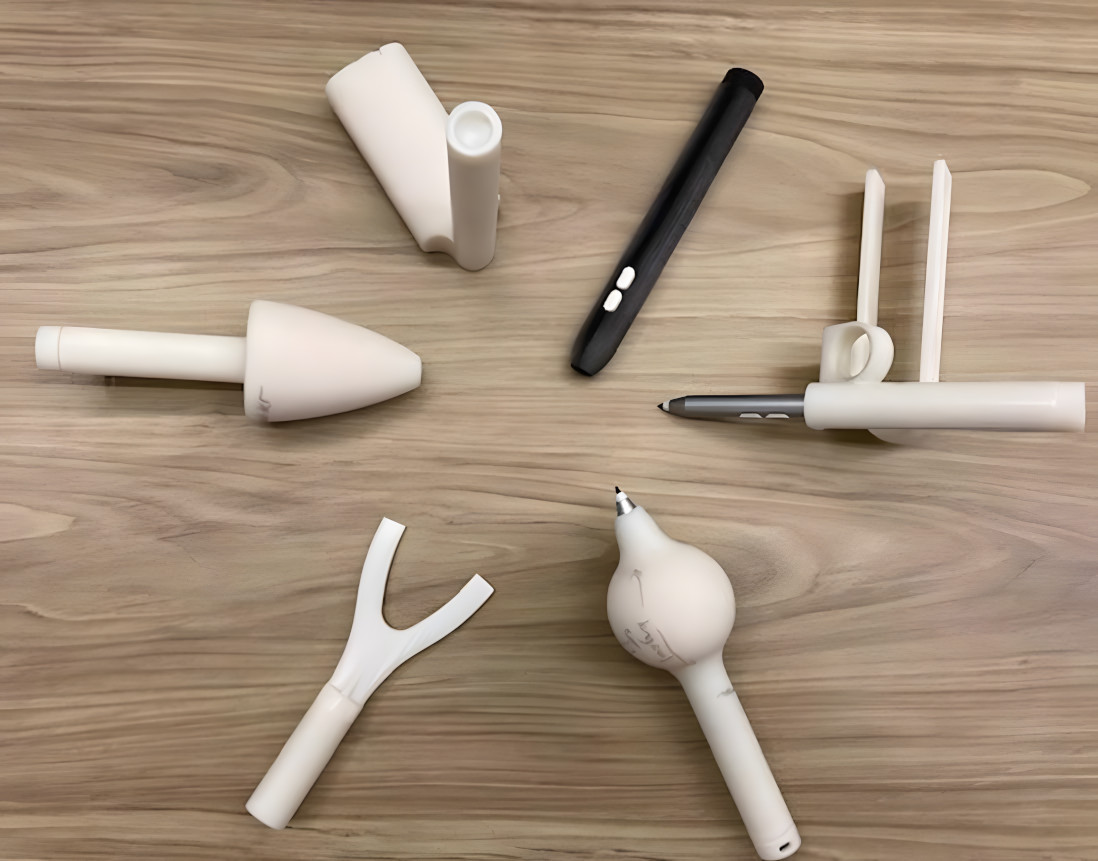
Next, we produced 3D-printed grips and distributed them to select school districts and organizations to gather feedback directly from educators and occupational therapists working alongside users with limited mobility. This helped us tweak the shapes, size, weight, textures, buttons and adhere to our “one size fits one” approach.
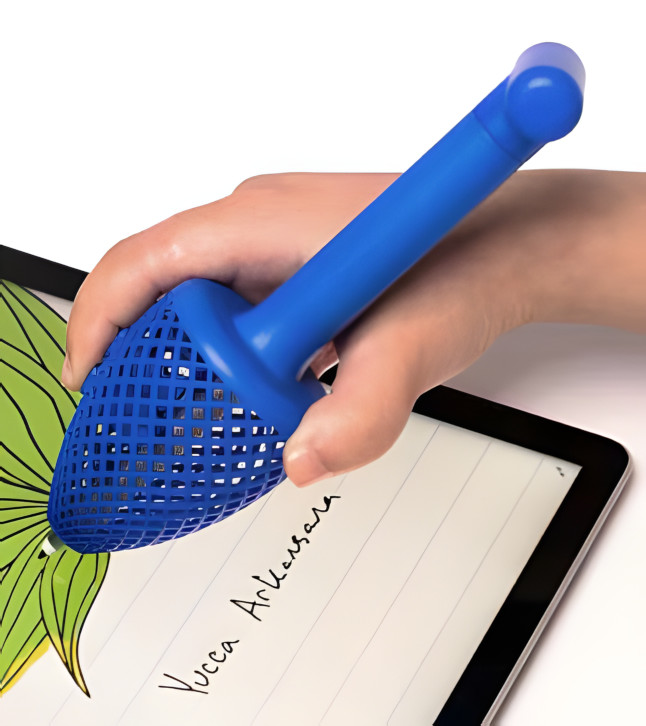
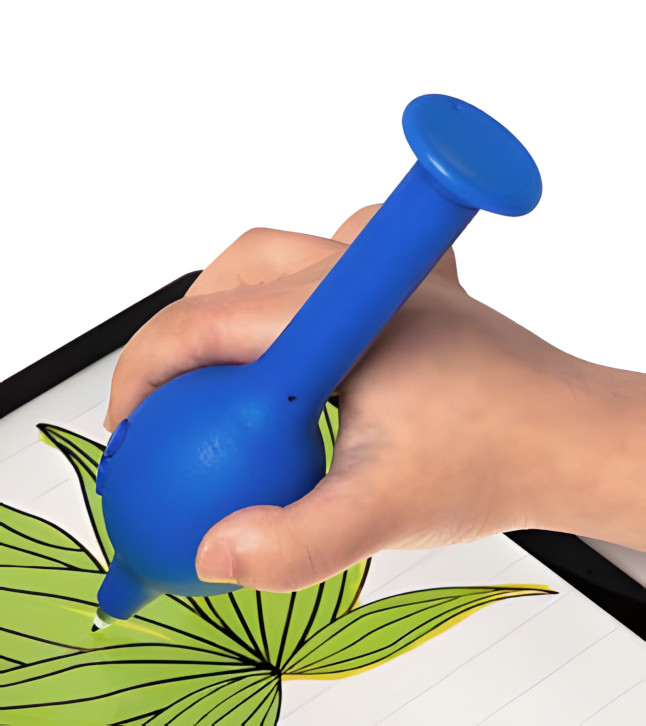


Availability
In October, 2022, the 3D-printed pen grips and tail caps became available for Microsoft Classroom Pen 2 and Microsoft Business Pen through our 3D-printing partner, Shapeways.
- Order grips. Available for Microsoft Classroom Pen 2 or Microsoft Business Pen. (Not compatible with Surface Pen, Surface Pen for Business, or Surface Slim Pen at this time.)
- Instructions for use

 Applied Sciences
Applied Sciences






